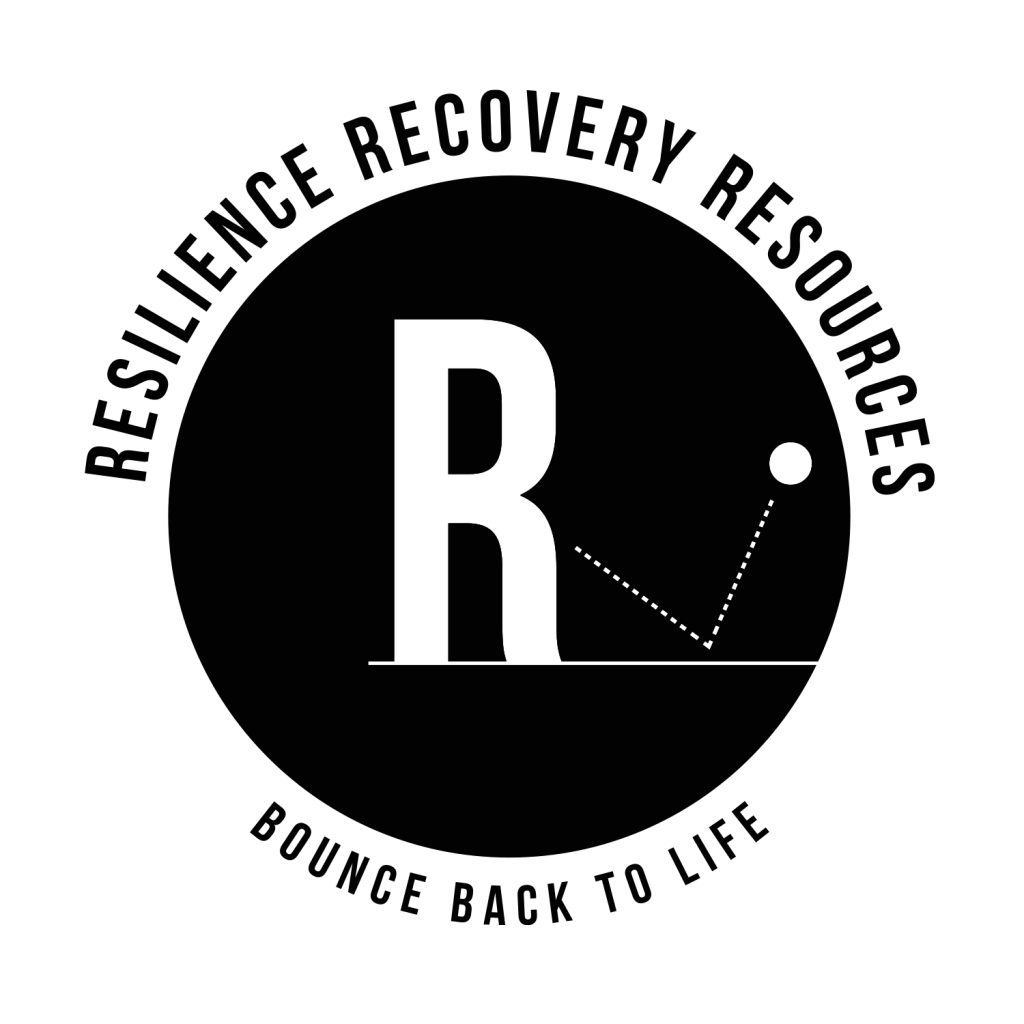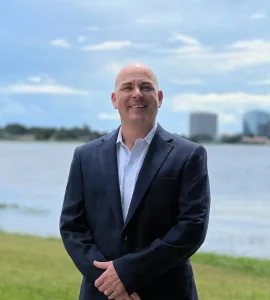Adolescence is a critical period marked by rapid physical, emotional, and cognitive development. During this time, teens are more susceptible to risky behaviors, including substance use, due to a combination of biological, psychological, and social factors. Research shows that the teenage brain is still developing, particularly the areas responsible for decision-making and impulse control, making it harder for teens to assess the long-term consequences of their actions. Additionally, peer pressure, increased stress, and exposure to social media can amplify the temptation to experiment with drugs and alcohol.
At Resilience Recovery Resources, we recognize these unique challenges and provide structured addiction treatment programs tailored specifically for adolescent and young adult males in West Palm Beach. Our comprehensive approach addresses not only substance abuse but also the underlying emotional and mental health issues that contribute to addiction, helping young men build resilience and achieve lasting recovery.
1. The Developing Teenage Brain
A significant factor contributing to teen addiction risk is the ongoing development of the adolescent brain. Unlike adults, teens’ brains are still maturing, particularly in areas that govern decision-making, impulse control, and risk assessment. The prefrontal cortex—the region responsible for reasoning, judgment, and self-regulation—doesn’t reach full development until around the age of 25. This underdevelopment limits a teen’s ability to fully understand the consequences of their actions, making them more prone to engage in impulsive and risky behaviors, such as experimenting with drugs or alcohol.
Additionally, the limbic system, which is involved in processing emotions and rewards, develops earlier than the prefrontal cortex. This mismatch leads to heightened emotional responses and a stronger drive for instant gratification. When teens are exposed to substances, their brains release higher levels of dopamine, the neurotransmitter associated with pleasure and reward. This surge creates a powerful sense of euphoria, reinforcing the behavior and increasing the likelihood of repeated use. Over time, this can alter the brain’s natural reward system, making it more difficult to experience pleasure from everyday activities, further entrenching the cycle of addiction.
Understanding these neurological factors is crucial in recognizing why early intervention and age-specific treatment are essential for addressing substance abuse in adolescents.
2. Peer Pressure and Social Influences
Adolescents are at a stage in life where social acceptance and a sense of belonging are paramount. The need to fit in with friends or peer groups can significantly influence a teen’s behavior, including the decision to experiment with drugs or alcohol. Peer pressure can be both direct, such as being explicitly encouraged or dared to try substances, and indirect, like observing friends or classmates engaging in substance use and feeling the need to conform to group norms. This desire to appear “cool,” independent, or rebellious often overrides a teen’s understanding of the long-term consequences of substance use.
Moreover, the influence of social media has added another layer of risk. Platforms like Instagram, TikTok, and Snapchat expose teens to curated images and videos that can glorify drug and alcohol use, presenting it as fun, glamorous, or without consequences. Trends, challenges, and influencers can inadvertently (or sometimes intentionally) normalize substance use behaviors, making them appear more socially acceptable. This constant exposure can blur the lines between reality and perception, leading teens to underestimate the dangers of addiction.
Without proper guidance from parents, educators, and mentors, teens may struggle to critically assess these influences. They may not fully recognize the health risks, potential for addiction, or the impact substance use can have on their future. Creating environments where teens feel empowered to make healthy choices, even in the face of peer pressure, is essential for prevention.
3. Emotional and Psychological Factors
Adolescence is a period of significant emotional and psychological development, often accompanied by heightened stress and fluctuating moods. Teens are navigating complex challenges, such as academic pressures, social relationships, and the formation of their personal identity. Their ability to manage stress, anxiety, and other emotional struggles is still developing, which can make them more susceptible to unhealthy coping mechanisms, like substance use.
Many teens turn to drugs or alcohol as a way to self-medicate for underlying emotional distress. Substances can temporarily numb feelings of sadness, loneliness, or anxiety, but over time, they create a cycle of dependence where teens rely on these substances to manage their emotions. This is particularly concerning for teens already grappling with mental health disorders such as depression, anxiety disorders, bipolar disorder, or ADHD. Research indicates that individuals with mental health issues are significantly more likely to develop substance use disorders—a condition known as dual diagnosis or co-occurring disorders.
Addressing addiction in teens requires a comprehensive treatment approach that tackles both the substance use and the underlying psychological conditions. Ignoring one aspect can hinder recovery, making it essential for treatment programs to integrate mental health therapy with addiction counseling to promote lasting healing.
4. Family Dynamics and Genetics
The family environment is a critical factor in shaping a teen’s risk for addiction. Teens who grow up in households where substance abuse is normalized or prevalent may view drug or alcohol use as acceptable behavior. Additionally, exposure to family conflict, neglect, abuse, or inconsistent parenting can contribute to emotional distress and increase the likelihood of seeking comfort in substances.
Beyond environmental influences, genetics plays a significant role in addiction risk. Studies have shown that addiction can be hereditary, with certain genetic markers making individuals more prone to developing substance use disorders. Teens with a family history of addiction may inherit a predisposition that affects how their brains respond to drugs or alcohol, increasing their vulnerability to dependence even with limited exposure.
However, while genetics can elevate the risk, it is not a guaranteed outcome. Environmental factors, personal choices, and access to early intervention and support systems can mitigate these risks. Family-based interventions and supportive home environments are crucial for helping teens build resilience against both genetic and environmental factors that contribute to addiction.
5. Easy Access to Substances
Today’s teens have easier access to substances than ever before, contributing to rising rates of adolescent use. Prescription medications like opioids, benzodiazepines, and ADHD drugs are often readily available at home, and many teens mistakenly believe these are safe because they’re doctor-prescribed. Similarly, vaping products, marketed with appealing flavors, are widely used by teens who perceive them as a safer alternative to smoking, despite risks of nicotine addiction and exposure to other harmful substances like marijuana.
The internet and social media also play roles in facilitating drug access, from online sales to normalizing substance use through peer influence. Additionally, the legalization of marijuana in many areas has led some teens to underestimate its risks, even though early use can negatively affect brain development and mental health.
Combating these trends requires education, parental guidance, and increased awareness of how easily teens can access substances and the misconceptions surrounding their safety.
How Resilience Recovery Resources Helps Teens Overcome Addiction
At Resilience Recovery Resources, we specialize in addiction treatment for adolescent and young adult males. Our programs, including PHP (Partial Hospitalization Program), IOP (Intensive Outpatient Program), outpatient care, and sober living, provide a structured and supportive environment designed to meet the unique needs of young men.
Personalized Treatment Plans
We recognize that every teen’s journey is different. Our team of experienced professionals creates personalized treatment plans that address the individual’s specific challenges and goals. From individual therapy to group counseling, we offer a comprehensive approach that promotes lasting recovery.
Addressing Mental Health
Many teens struggling with addiction also face mental health challenges. Our dual diagnosis approach ensures that both substance abuse and mental health issues are treated simultaneously, giving teens the tools they need to manage their emotions in healthy ways.
Building Resilience and Life Skills
Our programs focus on more than just overcoming addiction—we help teens build resilience, develop life skills, and create healthy coping mechanisms. By fostering self-awareness and promoting positive decision-making, we empower teens to navigate life’s challenges without turning to substances.
Supportive Sober Living
For those in need of a safe, structured environment, our sober living options provide a supportive community where teens can continue their recovery journey while building independence.
Adolescent & Young Adult Addiction Treatment
Understanding why teens are more at risk for addiction than adults is the first step in preventing and addressing substance abuse in young people. With the right support and treatment, recovery is possible.
At Resilience Recovery Resources, we are dedicated to helping adolescent and young adult males in West Palm Beach overcome addiction and build fulfilling, substance-free lives. If your teen is struggling, reach out to us today to learn more about our programs and how we can help.



